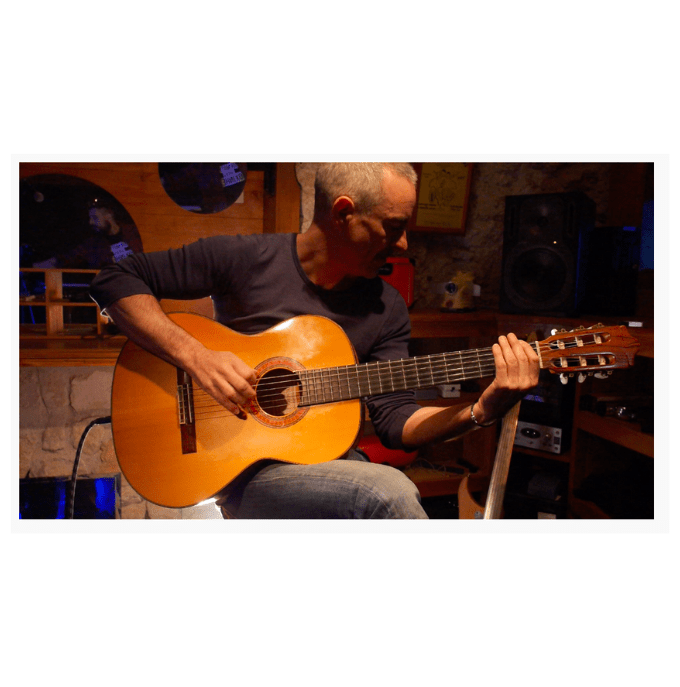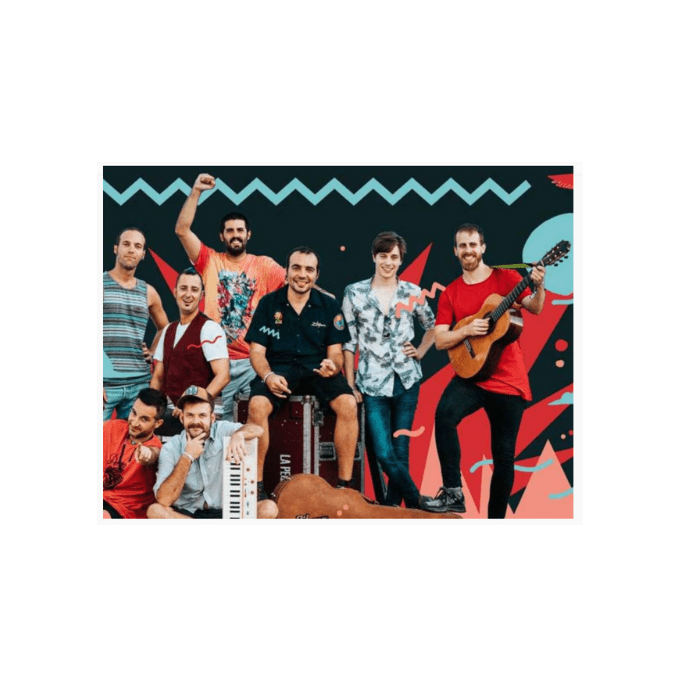
A matter of hearing
Lots of practice and guitar music exercises are two of the most basic elements for training your ear. Practicing intervals on the Spanish or classical guitar is one of the first steps. You can practice intervals with famous songs, a fun and easy way to train your ear. Another basic exercise is checking interval positions by playing a note, thinking of an interval for that note, and playing it, trying to confirm that it sounds as sung. Additionally, trying to play songs without looking at the tabs, mentally completing a guitar solo while listening to it, and imagining the scale used by the guitarist playing the song are other ways to sharpen your ear. With all these premises under his belt, a guitarist acquires new skills that help him grow as a musician: recognition of any kind of chords, transcription of music (the previous step to being able to compose his own songs), improvisation on top of any harmonic progression, tuning without a tuner, improvement of qualities as a rhythm guitarist and recognition of out of tune are some of them. In short, a good musical education of the ear of a guitarist opens many doors to creation, helps to play instinctively, enriches the technique and increases the dimension of the musician, and helps to feel new sensations as a musician who, in addition to playing well, does it with the soul.












